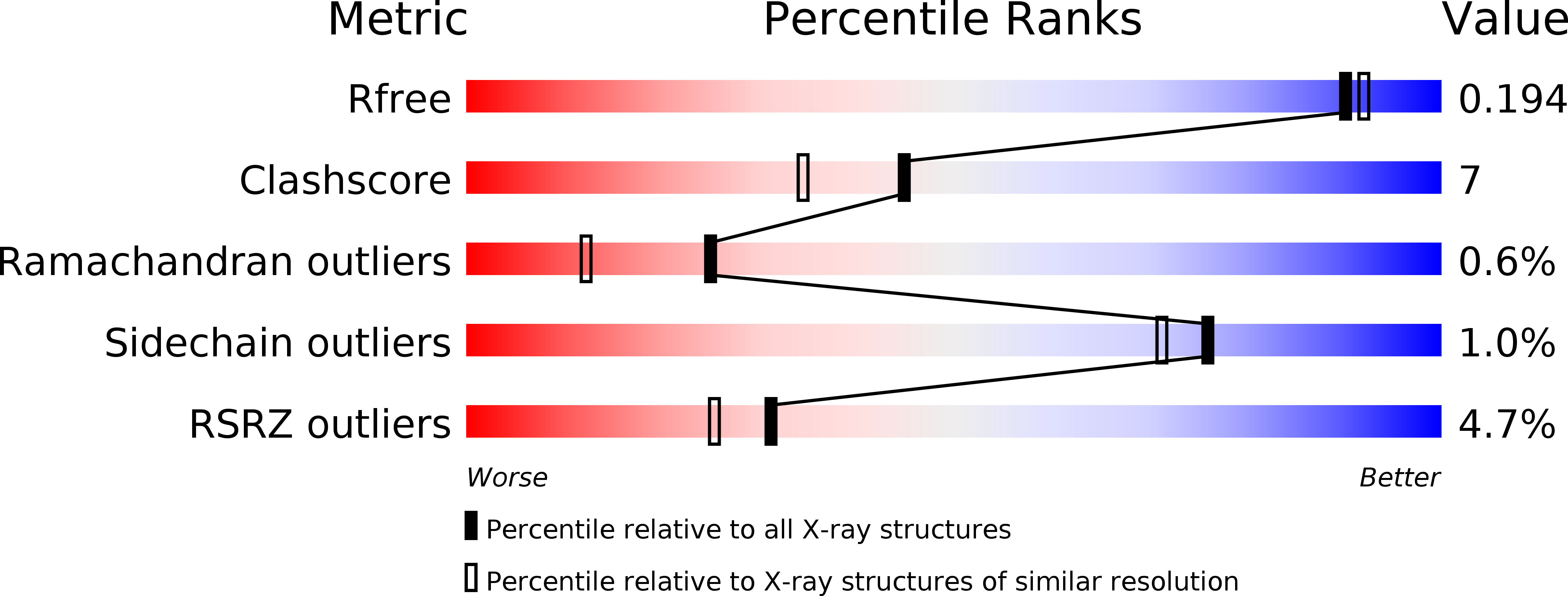
Deposition Date
2001-05-15
Release Date
2001-05-23
Last Version Date
2024-10-16
Entry Detail
PDB ID:
1J71
Keywords:
Title:
Structure of the extracellular aspartic proteinase from Candida tropicalis yeast.
Biological Source:
Source Organism:
Candida tropicalis (Taxon ID: 5482)
unidentified (Taxon ID: 32644)
unidentified (Taxon ID: 32644)
Method Details:
Experimental Method:
Resolution:
1.80 Å
R-Value Free:
0.19
R-Value Work:
0.16
R-Value Observed:
0.16
Space Group:
P 21 21 21


